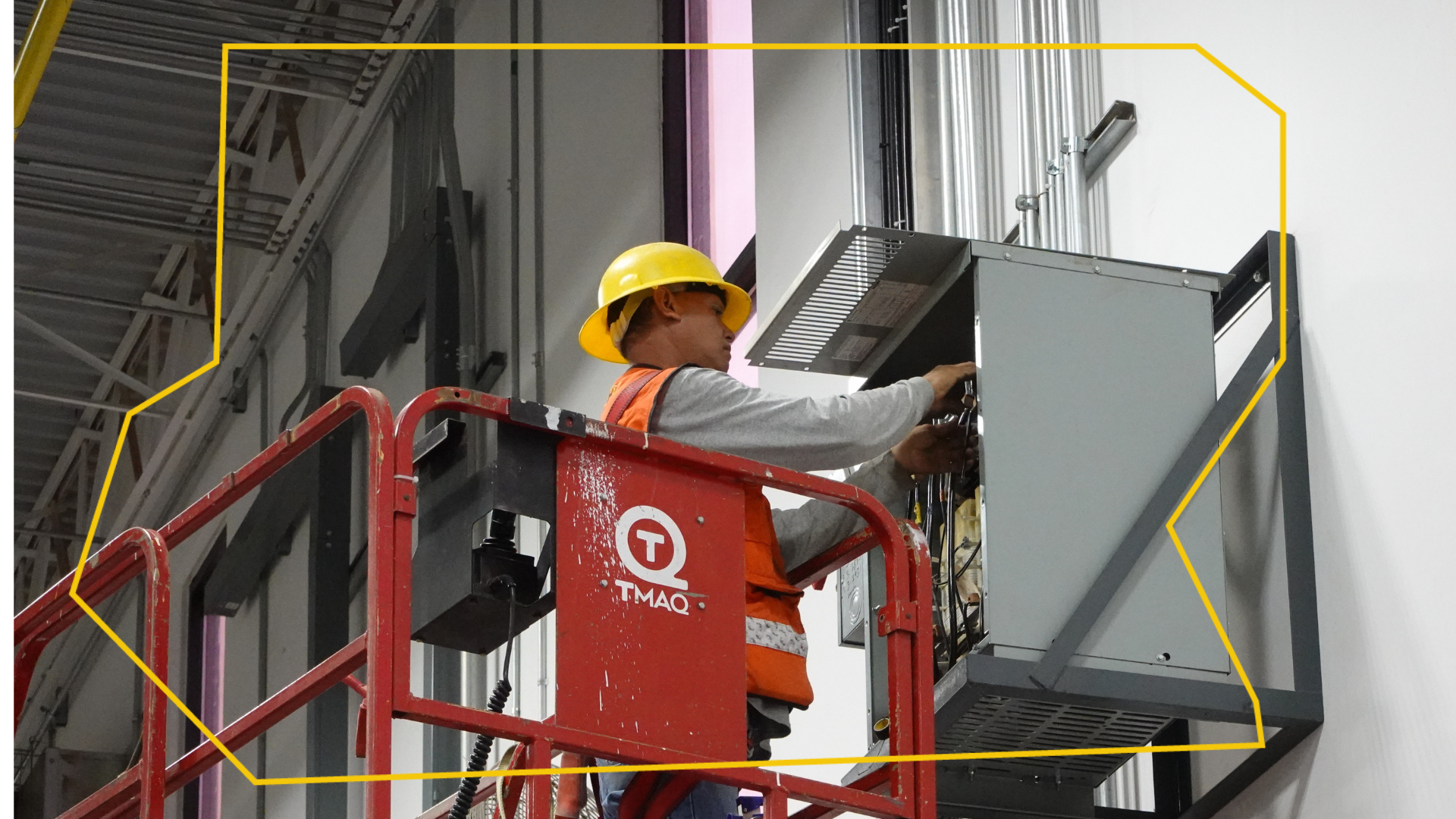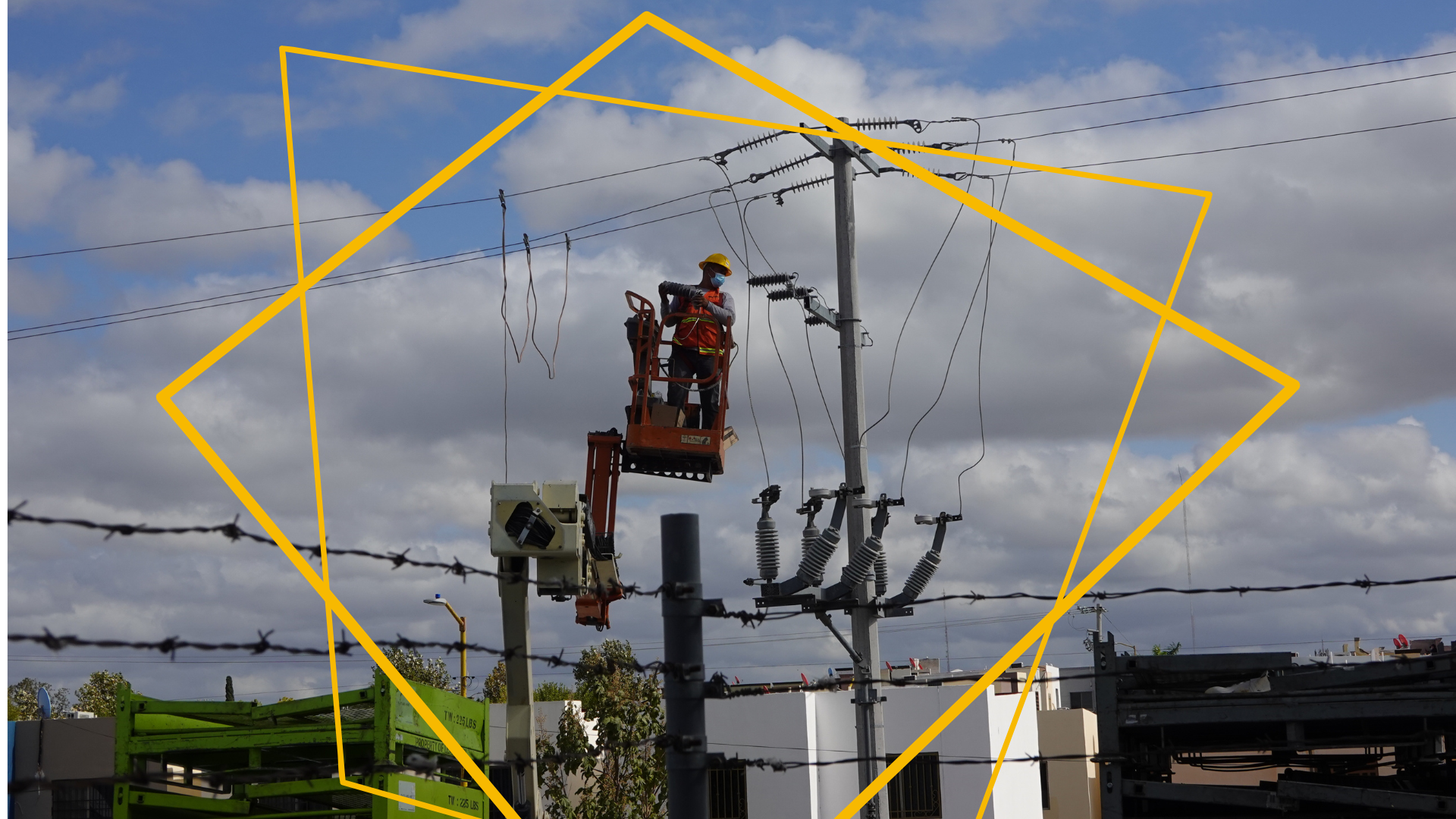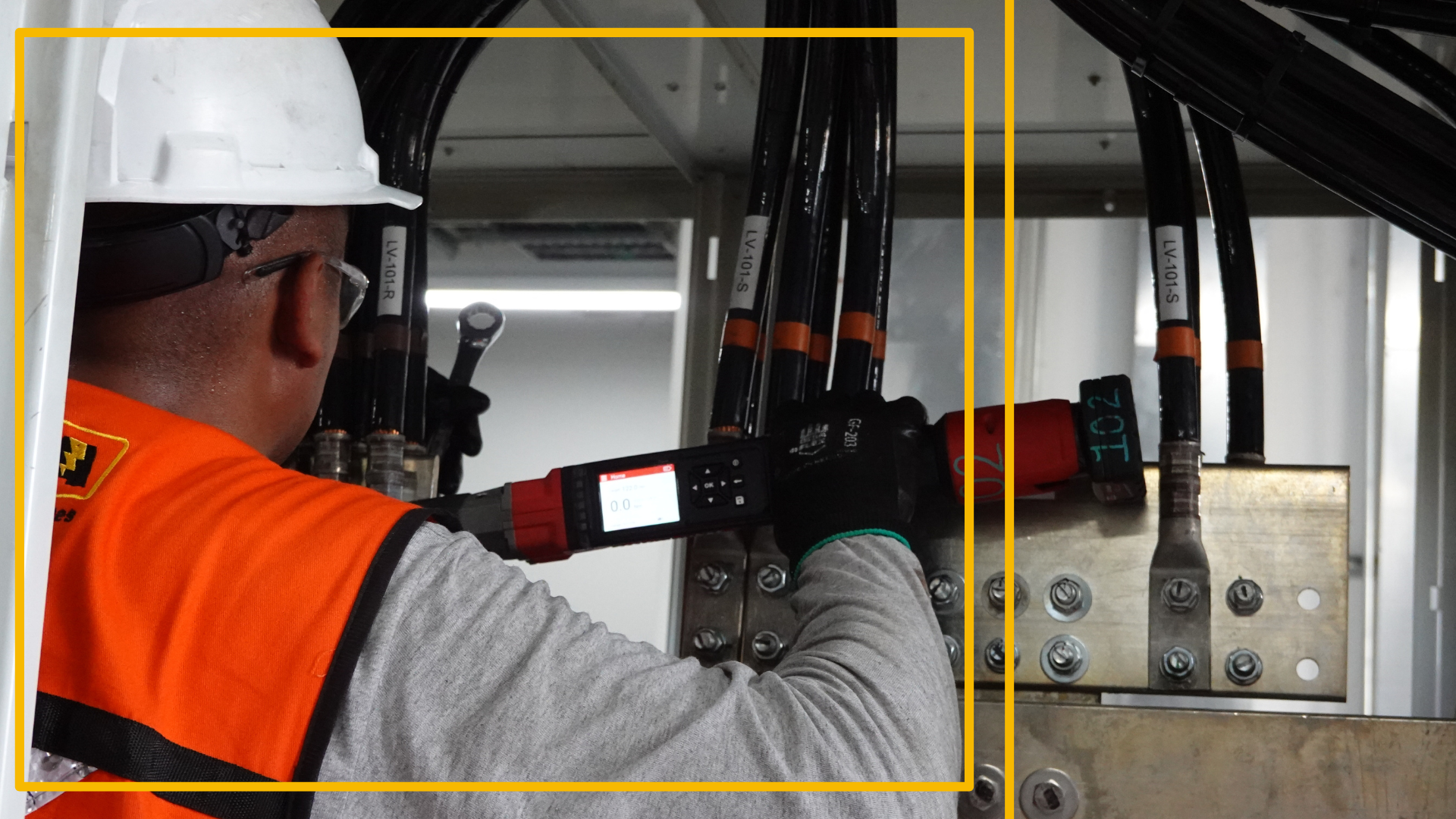Cogeneration
3 de diciembre de 2024
An efficient energy system
Cogeneration, also known as combined heat and power (CHP), is an efficient energy system that simultaneously generates electricity and useful thermal energy from the same energy source. This process maximizes energy efficiency and reduces waste, making it an attractive option for various applications. Below, we will explore the different types of cogeneration systems.

Types of Cogeneration
- Steam Turbine Cogeneration
This type uses steam turbines to generate electricity. Steam produced from a boiler or a heat recovery steam generator drives the turbine, which in turn generates electricity. The waste heat from this process can be used for heating applications, making it highly efficient. - Gas Turbine Cogeneration
Gas turbines are another common cogeneration technology. They operate on natural gas or other fuels to produce electricity. The hot exhaust gases from the turbine can be captured and used for heating purposes, enhancing overall efficiency. - Reciprocating Engine Cogeneration
This system utilizes internal combustion engines to generate electricity. The heat generated during the combustion process can be recovered and used for heating water or space heating, making it a versatile option for various facilities. - Microturbine Cogeneration
Microturbines are small-scale gas turbines that provide both electricity and heat. They are suitable for smaller facilities or applications where space is limited. Their compact design allows for easy installation and operation. - Fuel Cell Cogeneration
Fuel cells convert chemical energy directly into electrical energy through an electrochemical reaction. They produce electricity with minimal emissions and can also provide heat as a byproduct, making them an environmentally friendly option.

Benefits of Cogeneration
Cogeneration systems offer several advantages, including:Increased Energy Efficiency:
- By utilizing waste heat, cogeneration systems achieve higher overall efficiency compared to conventional power generation methods.
- Reduced Emissions: These systems lower greenhouse gas emissions by maximizing fuel use and minimizing waste.
- Cost Savings: Cogeneration can lead to significant savings on energy costs by reducing the need for purchased electricity and heating fuels.
In summary, cogeneration is an effective way to produce both electricity and useful thermal energy simultaneously. By understanding the different types of cogeneration systems available, businesses can make informed decisions about implementing these technologies to enhance energy efficiency and reduce operational costs.
También te puede interesar






